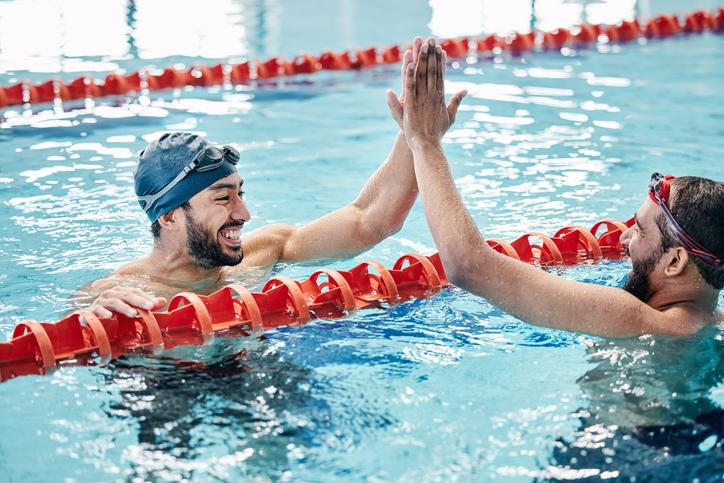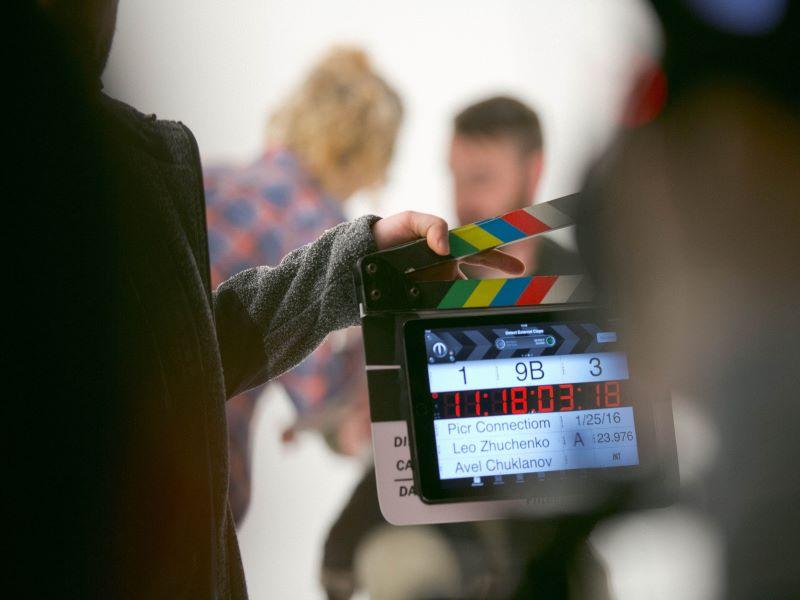
Stay in your lane or swim sideways: working respectfully in the third space
Learning designers and subject matter experts often have to navigate the choppy waters of course co-creation. Here, Jay Cohen offers six tips for collaborating successfully
You may also like
Popular resources
Learning design is something that learners rarely notice – except when it is absent. Learning design involves the creation and assemblage of a preferred or optimal route through myriad possible learning routes in an intentional and systematic manner to make learning easier. Of course, technically, we cannot design learning, but we can organise learning materials and activities in a manner that might make more learning likely.
The number of learning design roles in Australia has grown significantly, but no standard way in which learning designers work with subject-matter experts (SMEs), teachers or academics has yet been established. This can create challenges when it comes to navigating the “third space”; however, this collaborative working can also produce innovative student-centred learning and teaching.
The terms “third space” and “third-space professionals” remain poorly defined. Celia Whitchurch first used “third space” in 2012 to explain the intersection between academic teaching staff and professional roles such as learning designer, where “blended professionals” work across both domains. Others suggest that the third space refers to roles that are “not research and not teaching” but some other area of focus, or that the third space is where academic and professional staff navigate the nuances between purely professional and purely academic jobs.
Essentially, it is work that occurs in the blurriness between academic understanding, including assessment design and constructive alignment, subject-matter expertise, professional practice, research, learning analytics and pedagogy.
- Design a student-centred curriculum for dynamic learning
- If I redesigned UK higher education, I would…
- The world isn’t sorted into modules, nor should authentic learning be
Critical to working successfully in the third space is the ability of academic and professional staff to respect each other’s expertise or “lane”. Each person should acknowledge the experience and expertise of the other and use this respect to leverage a better outcome for students.
Decisions about which learning content should be included – and which should not – largely fall with academic staff. Whereas the learning designer usually develops the learning resources, events, sequencing and scaffolding. The list of options is extensive. Resources or events might be text, academic papers, self-checks, self-directed learning activities, discussion boards or forums, polling, debates and presentations, blogs, game-based learning, video, podcasts, peer learning, one-to-one tutoring, problem-based learning, experiential learning, dialogue, prototyping or branching scenarios.
A level of blurriness can present itself where considerations arise with the sequencing of content, the amount – enough for understanding new concepts but not so much that it is overwhelming – as well as the structure, timing and use of learning activities and technology. The type, frequency and volume of assessment tasks also fall under this umbrella.
A 2023 review suggests that educators have become accustomed to working in silos, designing learning activities, developing content and delivering classes alone. The authors argue that a co-design approach or a connected learning at scale (CLaS) process is more likely to yield experiential and high-quality student experiences. CLaS is a carefully managed process including academic leads, project managers, educational developers, learning designers and students, each with a specific set of expertise (or experience) and a specific role.
As an integral part of the co-design team, the learning designer facilitates conversations around digital design elements, building and testing new resources and online content, ensuring that online and classroom-based content and activities are aligned, and leading on the introduction of learning technologies.
When academics or SMEs work with a learning designer, what works best is a balance between respectful encroachment on both sides – suggesting and asking: “Could this be done differently?” – and knowing whether to stay in your lane and when to swim sideways.
The most obvious example (and the one that can blur professional boundaries) is when a learning designer and academic staff redevelop classroom-based subjects for online delivery. This work often yields the best returns when boundary spanning or encroaching occurs respectfully.
For SMEs and teachers, the benefit of working with a learning designer is a better learning journey, and therefore a better experience for the student.
The following key principles can be helpful for managing this working relationship:
- Establish clear roles from the start, so subject-matter expertise and learning design can find their own spaces. Deciding who will be responsible for what (and who is the expert where) is essential. Central to the idea of respectful encroachment is the establishment of lane boundaries from the outset and acknowledgement of each person’s expertise.
- Accept that uncertainty and ambiguity will be part of the process. It can take a few days into designing a course with a learning designer for the benefits to start to materialise.
- Respect what you don’t know. Acknowledge that SMEs might not have the pedagogical understanding that the learning designer does, and that the learning designer might not possess academic or subject-matter knowledge.
- Agree on and use quality standards (such as ASCILITE’S TELAS or the Quality Matters framework) so both parties are on the same page.
- Document timelines and ensure everyone is clear on task deliverables. Use a project plan or schedule to keep things on track.
- Develop a level of agreement about how differences will be managed. These will occur, and getting bogged down on issues can hold up the learning design project and hinder a quality output.
When questions of who will swim in which lane are clarified and managed from the get-go and when issues of who swims in which lane are resolved professionally when they arise, working in the third space can be liberating. It provides an environment with less tension, less rigidity and more agility, and an atmosphere where creativity and innovation can flourish. The third space can and should be a place where the expertise of the academic staff member and learning designer’s knowledge of student engagement, learning and learning technology come together for the benefit of the student.
Jay Cohen is associate professor and academic director of online transition at the University of Adelaide, Australia.
If you would like advice and insight from academics and university staff delivered direct to your inbox each week, sign up for the Campus newsletter.




